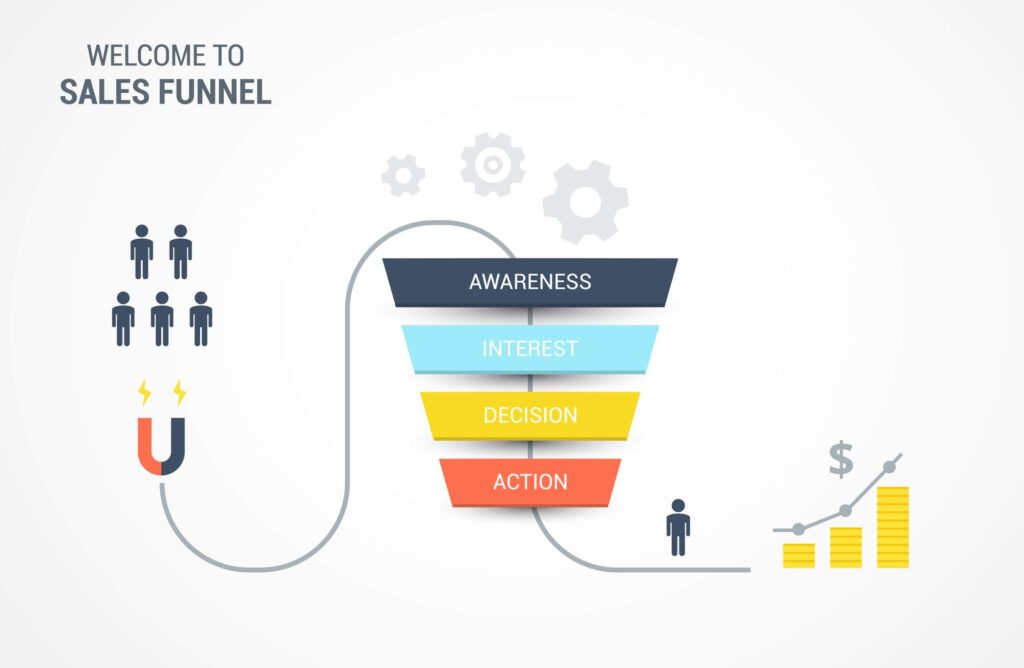Consumers go through several stages of the sales funnel before making a purchase: from simple interest to payment. Marketplaces can be an important element in this chain. For example, a customer is looking for something specific or stumbles upon a product card by accident. But on the Internet, just like in a real store, it’s not enough just to show the product. So, even sites offering games, like those available at ऑनलाइन कसीनो provide access to demos for attracting more users. The customer needs to be persuaded, and this can be done through merchandising. However, it works a little differently on the Internet.
Table of Contents
The Difference Between Online Merchandising and Offline Merchandising
In retail merchandising, merchandising is the impact on the customer by means of a special display. More often than not, popular products, such as bread, are placed farther away from the entrance. The customer has to walk through the whole store to find them. And on the way, he might pick up something else. Another example is inexpensive products near the cash register like candy or gum. People take them thoughtlessly because they see a low price tag. This phenomenon is called impulse demand. This is also the reason why promotional goods are placed in this area.
In the online environment, we have to deal not with physical, but virtual storefronts. Instead of real shelves and rows, the buyer sees product cards in a catalog with thousands of items. Therefore, in order to attract his attention, it’s important to choose the right photo, video and text with a product description. The merchandiser has to present information in a way that makes the product stand out among similar products and convinces people to buy it.
Tasks of Online Merchandising
Traditional and virtual merchandising have a common global goal – to increase sales and profits. But there are tasks that only an online specialist can handle:
- Highlight a product among competitors on a particular site.
- Set up anchors, i.e. accents that will motivate a purchase.
- Keep the customer on the product page.
- Present the customer with as much information as possible.
In regular supermarkets, a brand is allocated a small space on the shelves, but online – an entire store with an unlimited number of pages and categories. To make a business successful in such conditions, you need to know what tools to use and what rules to follow.
How a Merchandiser Works
In his work, the online specialist relies on the psychology of people and the sales funnel:
- Awareness. So that as many people as possible know about the product, the merchandiser analyzes search queries related to the products. The most popular words can be used in the name cards and tags. This will allow the customer to find what he is looking for, even if the query is not formulated accurately enough.
- Interest. A person browses the links on the Internet and chooses the product that catches his attention. It depends on correctly chosen illustrations – the merchandiser selects high-quality photos and videos for the card. They need to be uploaded in a certain format and with the right resolution. The work with content doesn’t end there. The buyer looks at the characteristics and description of the product. All of this should hook him, give him a sense of reliability. They are also filled in by the merchandiser, either independently or with the help of a rater, a text specialist.
- The desire to buy. If the work on filling out the card is done correctly, then the person is close to the purchase, but it needs to be convinced to the end. You can do this with the functionality of the marketplace. The online merchandiser introduces so-called rich-content into the card – additional details and tricks. For example, these can be photos and videos of the product from the card. Or a list of related products that match the design and functionality. A live example works better than a flat image and a dry description.
Online Merchandising Tactics
On the Internet, the buyer has no opportunity to touch a thing. He forms his idea of the product by means of photos, videos, and text. To attract the consumer’s attention, interest and inclination to buy, you can go for some tricks.
The Paradox of Choice
Barry Schwartz, a researcher in economics and psychology, discovered a paradox: when the buyer is offered one option, he hesitates to buy this product or not, but if you give him the opportunity to choose, then the focus shifts to what exactly to take. That is why several variants in different colors can be added to one product card on the marketplace. In this case, their design or quantity may differ.
The Illusion of Scarcity
Some shoppers have a fear of irrational purchases. It can be overcome with the help of a special incentive, for example, an inscription that the product is only a few pieces left. A limited quantity makes the buyer decide more quickly. Artificial scarcity can have a positive effect on sales, but shouldn’t be used too often so that the consumer doesn’t suspect deception.
The Golden Mean Rule
Between an expensive and a cheap product, the buyer is likely to choose something in between. In a Stanford University Graduate School of Business survey, consumers responded that they distrust low cost. People feel that a low price is associated with poor quality. Therefore, placing a product in the middle segment allows for more sales.






